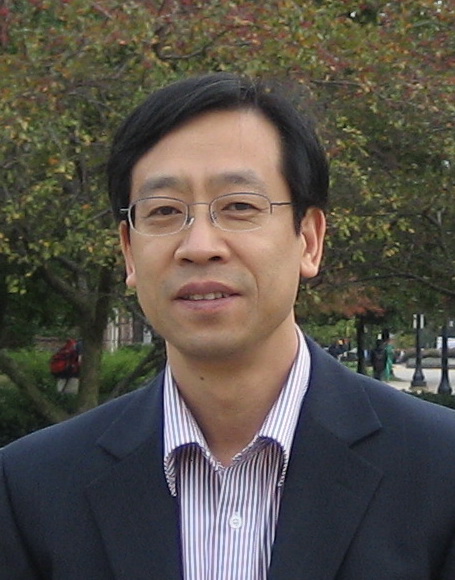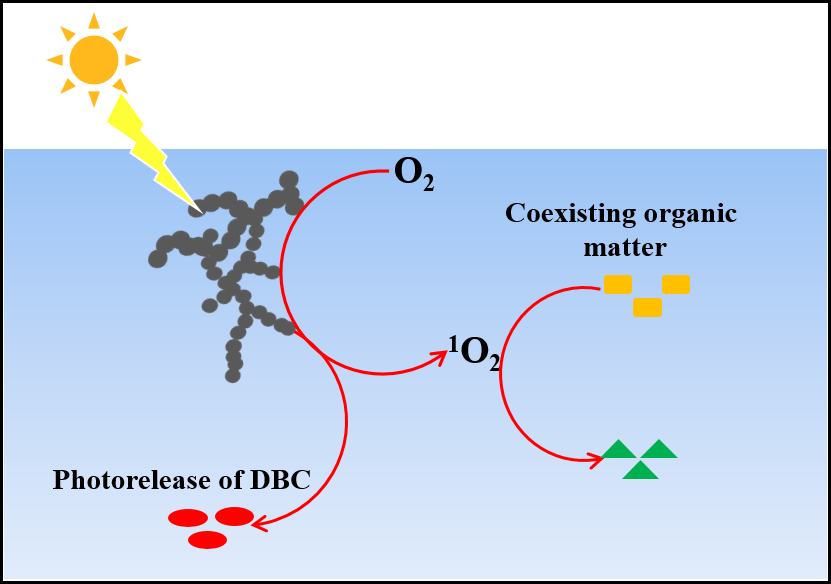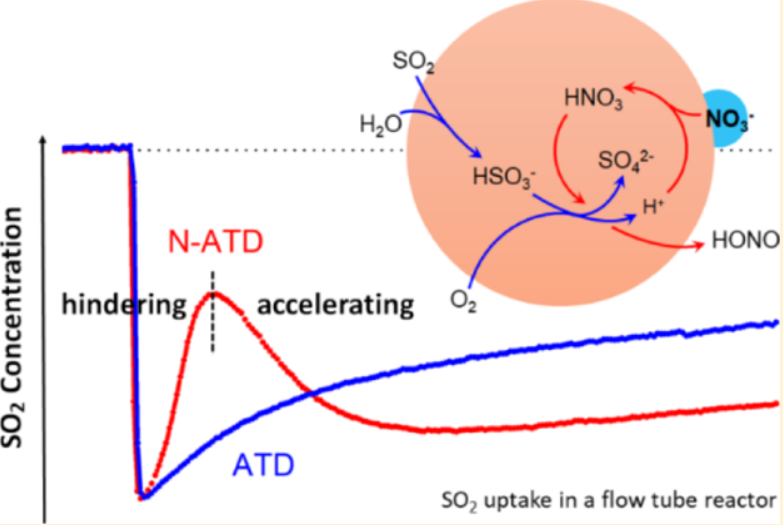 Contact
Contact
Zhongguancun North First Street 2
Beijing, 100190, PR China
Institute of Chemistry,CAS
Group of Photocatalysis and Environmental Photochemistry
Tel:010-82615942
Fax:010-82617315
Email:jczhao@iccas.ac.cn
 Introduction
Introduction
The environmental problems caused by organic pollutants are becoming more and more serious all over the world. The interests of our group are focused on the novel approaches for the photodegradation of environmental pollutants, photochemical cycling of iron species and the relative environmental photochemical processes, novel photochemical approaches for the detection of trace hazardous compounds, and photocatalytic selective oxidation of organic compounds. We have published over 400 papers in well-known international journals, such as J. Am. Chem. Soc., Environ. Sci. Technol., Angew. Chem. Int. Ed., and have more than 30000 citations by others. We have been awarded with several prizes such as the Second Grade National Prize of Natural Science of China , the Japanese Photochemistry Association Lectureship Award for Asian and Oceanian Photochemist (2010) and the Award of Excellent Young Scientists of Chinese Academy of Sciences- Bayer. Team members include 9 professors, 1associate professors, 6 postdoctors and 48 graduate students.
 Latest Research Progress
Latest Research Progress
Photochemical Aging of Soot in the Aqueous Phase: Release of Dissolved Black Carbon and the Formation of 1O2
The photochemical aging of soot in the aqueous phase could have an important influence on water environments such as fog water and wet aerosols in the atmosphere, as well as lakes and oceans. In this study, we systematically investigated the photochemistry of soot in the aqueous phase. Soot releases dissolved black carbon into the aqueous phase during photoreactions, which is attributed to the phototransformation of the nonpolar unsaturated C-H species in soot to polar carbonyl-containing species. More importantly, we found that soot suspensions, particularly those of the dissolved part of soot, were effective photosensitizers for the generation of singlet oxygen (1O2). The 1O2 apparent quantum yield of the dissolved part reached 33 ± 2% under 377 nm irradiation, which is an order of magnitude higher than those of most types of well-studied dissolved organic matter in water. As a result, soot could impact the environmental fate of coexisting organic contaminants, such as the photodegradation of bisphenol A. This study will not only give insight into the photochemistry of soot in the liquid phase but also reveal the significant implications of soot photoaging in the aqueous phase by the release and degradation of organic matter. (Environmental Science & Technology, 2019, DOI:10.1021/acs.est.9b02773)
 Research Progress
Research Progress
内容
Heterogeneous oxidation of SO2 on mineral dust is a significant source of sulfate in the atmosphere. Given that a large fraction of nitrate is deposited on the mineral aerosols, the determination of the effect of nitrate on the SO2 oxidation on mineral dust and its in-depth mechanism are much desired. In this work, we report nitrate-enhanced SO2 oxidation on authentic mineral dust. By comparing the SO2 uptake behaviors on Arizona test dust (ATD, a typical proxy of mineral dust) with or without nitrate, we found that although nitrate hinders the initial SO2 uptake, it substantially accelerates SO2 uptake and oxidation after a pronounced induction period. In other words, a hindering-then-accelerating feature in the SO2 uptake profile was observed on nitrate-containing ATD (N-ATD) particles. In addition, HONO was released in the accelerating period as the reduction product of nitrate. The accumulation of protons (H+) from SO2 oxidation during the induction period plays a key role in the acceleration of SO2 oxidation. Our work suggests that the nitrate-participating SO2 oxidation on mineral dust can be one of the important contributions of the sulfate source in the atmosphere.(Environmental Science & Technology, 2019, 53, 10139−10145)



